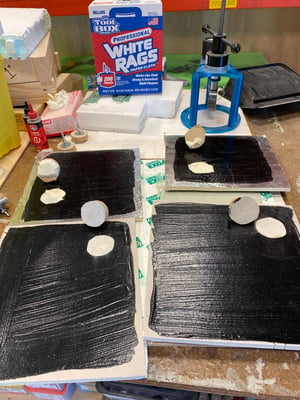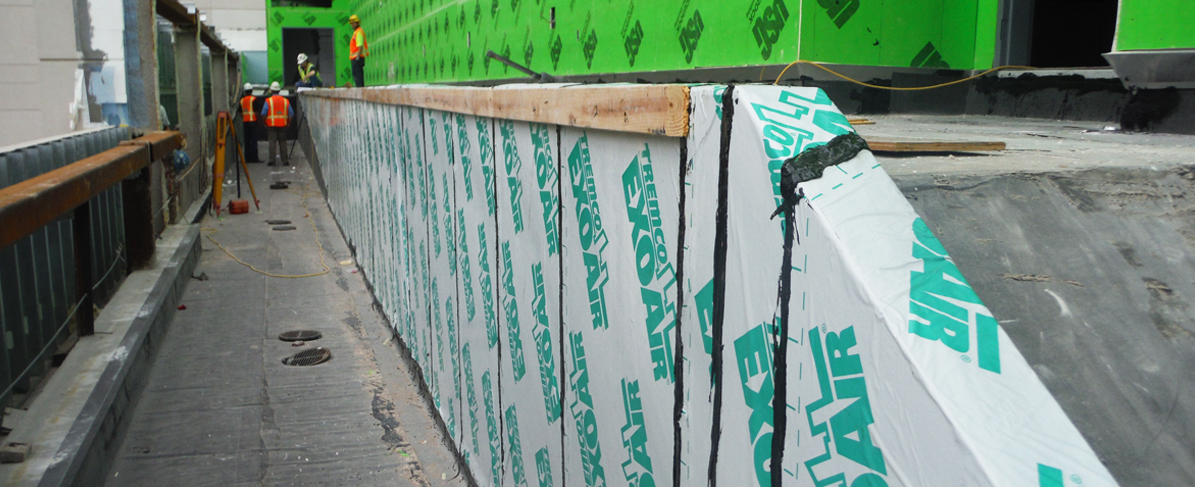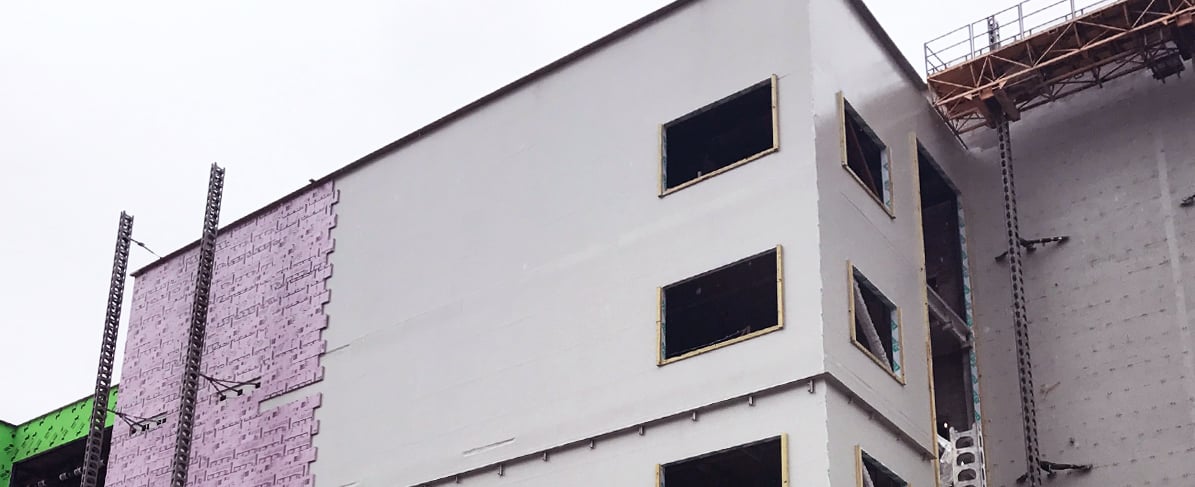When choosing the appropriate sealant for any building application, it’s important to understand the compatibility and the adhesive properties of the product in combination with the desired substrate and surrounding technologies, such as the waterproofing or air barrier.
A sealant may be compatible with a specific substrate, but it may not have adequate adhesion properties to that substrate to perform as intended. That is why when any two materials are coming together on a project, you need to know whether they will adhere and if they are compatible.
To lessen the likelihood of incompatibility or adhesion failure (and their detrimental effects on a building), let’s look at the differences between the two and their impact on one another.
Compatibility Characteristics
Materials are considered compatible when objects that come into contact with each other exhibit neither adverse reactions nor loss of performance properties.
Incompatibility can result in staining, streaking, altering cure mechanism of either product, damage to the substrate, etc. It is important to note, compatibility is critical for performance, but it does not guarantee satisfactory adhesion.
Adhesion Attributes
Adhesion is defined as the process of attachment of a substance to the surface of another substance. On the jobsite, the field adhesion test is a very useful tool for evaluating the effects of various cleaning methods and primers and is also a good indicator of the fundamental adhesive properties of a sealant on a particular substrate. Read more about the field adhesion test here.
Challenges with Compatibility and Adhesion
Adverse reactions can be avoided altogether if both compatibility and adhesion testing is done on any two products that will be applied together or in close proximity. We have seen that even two products that are curing within a few inches of each other, and yet not physically touching, can also result in issues with adhesion and cure. Consider ASTM D4541: Standard Test Method for Pull-Off Strength of Coatings Using Portable Adhesion Testers (shown to the right) and AAMA 713: Chemical Compatibility of Sealants and Self-Adhered Flexible Flashing for such connectivity testing. You may see issues aesthetically as well, in the form of staining or streaking. In this case, there is not a performance issue, but a result from the interaction of two products. This discoloration can be enough cause for a callback from a building owner and should be avoided.
You may see issues aesthetically as well, in the form of staining or streaking. In this case, there is not a performance issue, but a result from the interaction of two products. This discoloration can be enough cause for a callback from a building owner and should be avoided.
If products are from two different manufacturers, who is responsible if something goes wrong? Generally speaking, each manufacturer should both provide information on compatibility, but the product that is adhering last or onto the other product is responsible for commenting on adhesion.
To mitigate challenges with sealant compatibility and adhesion to other technologies and substrates, always be sure to include both adhesion and compatibility testing in your specifications, review the sequencing with the design/build team, and consult with the product manufacturers prior to applying product. Historical data on past testing of any two products is important to have, but nothing will replace field adhesion testing to verify there haven't been any material substitutions or changes.
For complete confidence in connectivity, we recommend using single-source solutions from one manufacturer wherever possible.






